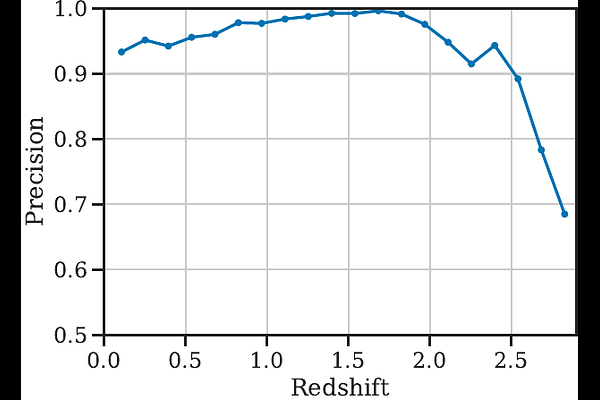The Hourglass Simulation: A Catalog for the Roman High-Latitude Time-Domain Core Community Survey

The Hourglass Simulation: A Catalog for the Roman High-Latitude Time-Domain Core Community Survey
B. M. Rose, M. Vincenzi, R. Hounsell, H. Qu, L. Aldoroty, D. Scolnic, R. Kessler, P. Macias, D. Brout, M. Acevedo, R. C. Chen, S. Gomez, E. Peterson, D. Rubin, M. Sako
AbstractWe present a simulation of the time-domain catalog for the Nancy Grace Roman Space Telescope's High-Latitude Time-Domain Core Community Survey. This simulation, called the Hourglass simulation, uses the most up-to-date spectral energy distribution models and rate measurements for ten extra-galactic time-domain sources. We simulate these models through the design reference Roman Space Telescope survey: four filters per tier, a five day cadence, over two years, a wide tier of 19 deg$^2$ and a deep tier of 4.2 deg$^2$, with $\sim$20% of those areas also covered with prism observations. We find that a science-independent Roman time-domain catalog, assuming a S/N at max of >5, would have approximately 21,000 Type Ia supernovae, 40,000 core-collapse supernovae, around 70 superluminous supernovae, $\sim$35 tidal disruption events, 3 kilonovae, and possibly pair-instability supernovae. In total, Hourglass has over 64,000 transient objects, 11 million photometric observations, and 500,000 spectra. Additionally, Hourglass is a useful data set to train machine learning classification algorithms. We show that SCONE is able to photometrically classify Type Ia supernovae with high precision ($\sim$95%) to a z > 2. Finally, we present the first realistic simulations of non-Type Ia supernovae spectral-time series data from Roman's prism.